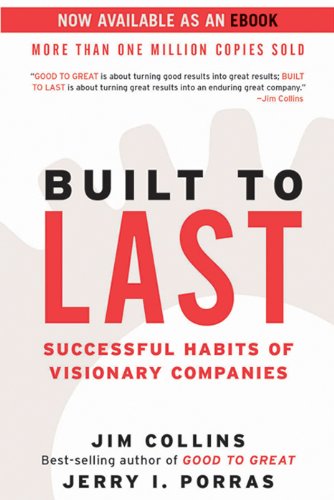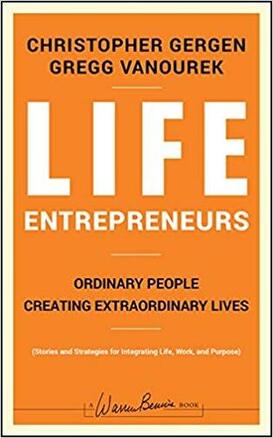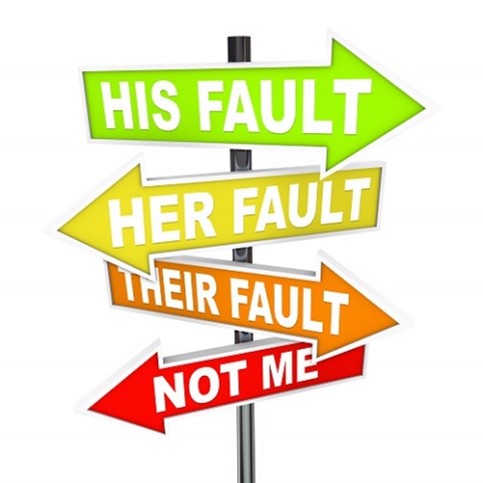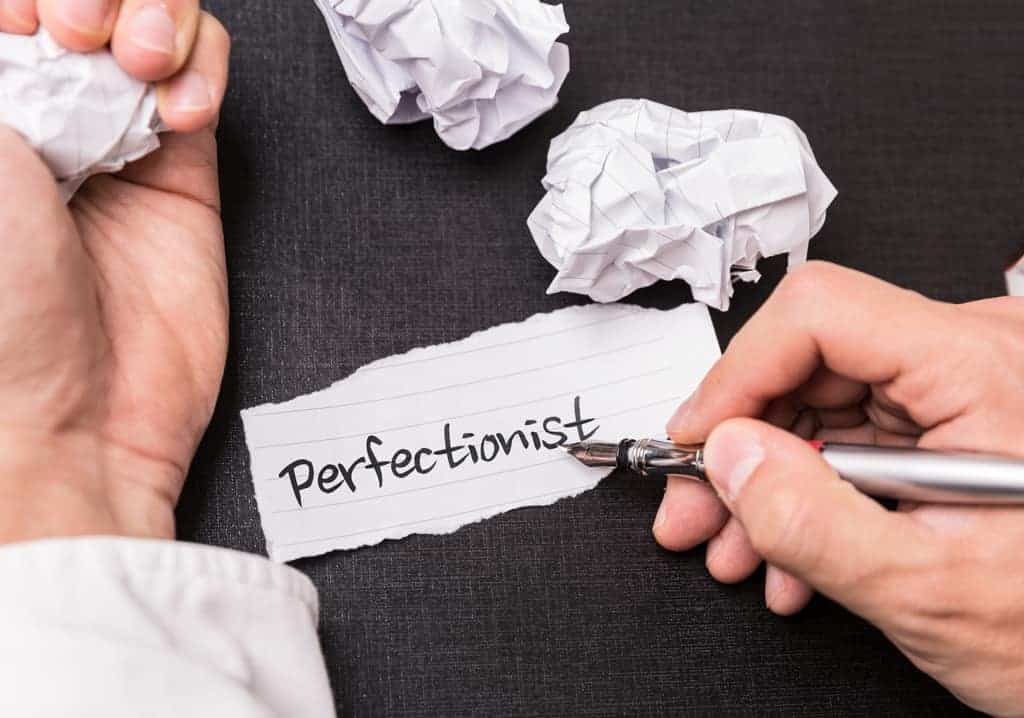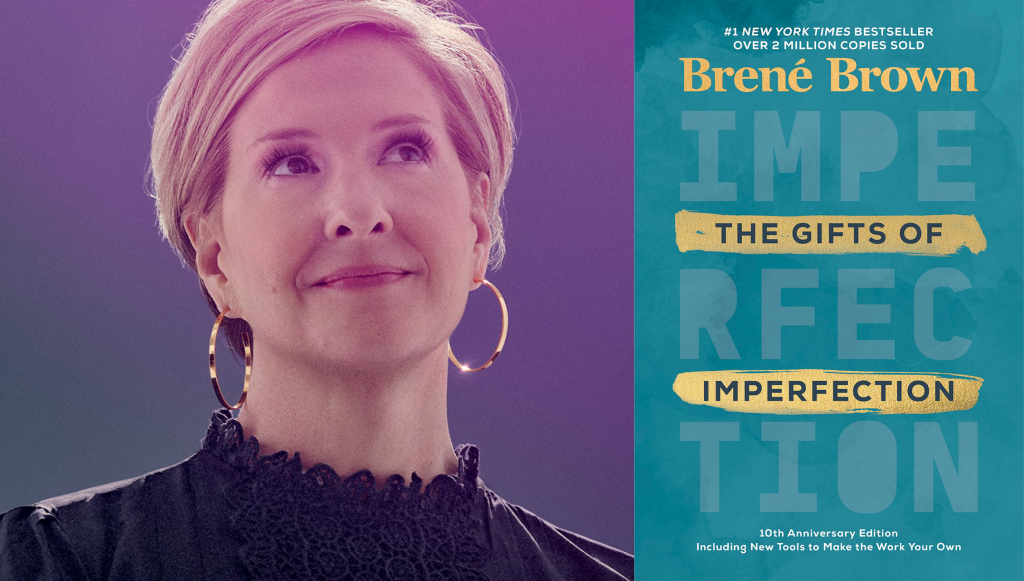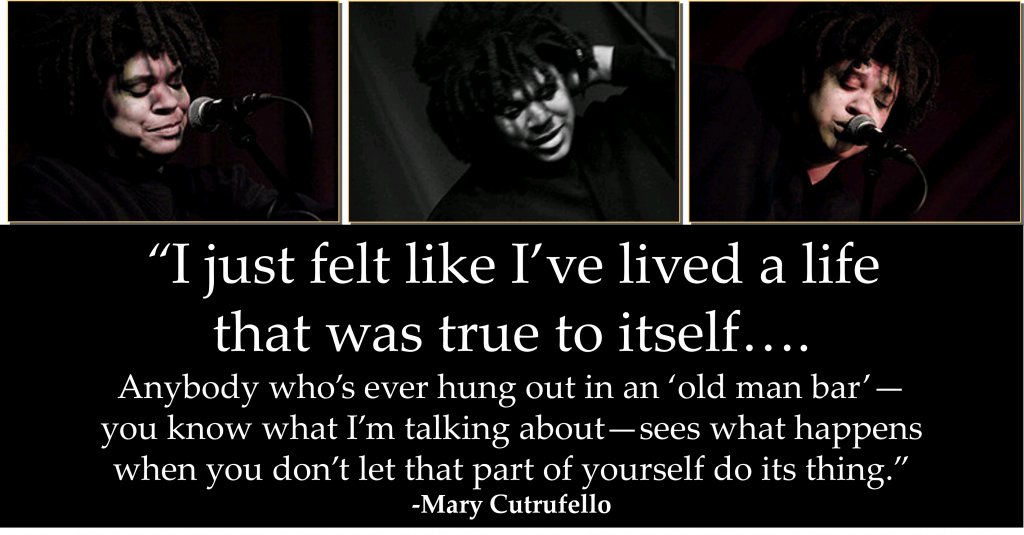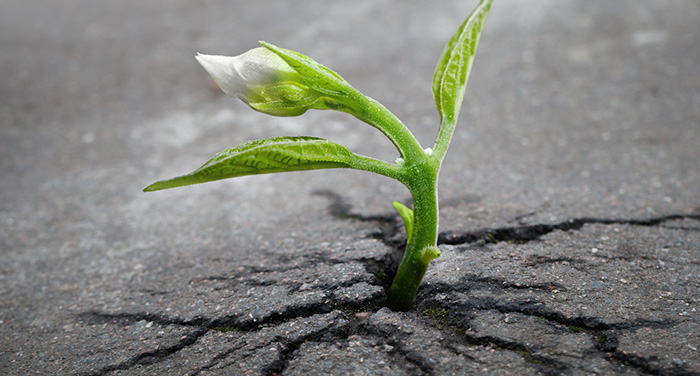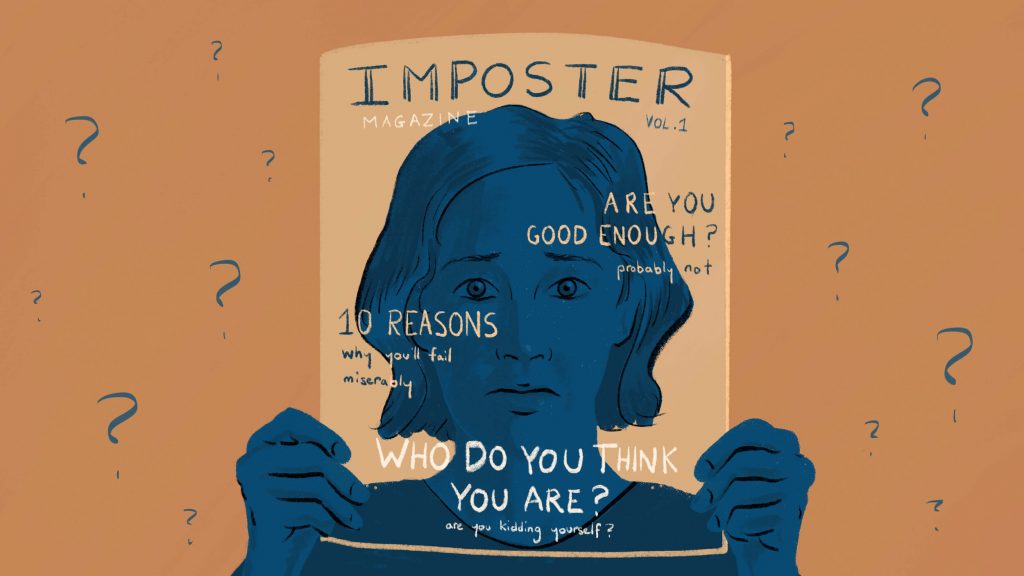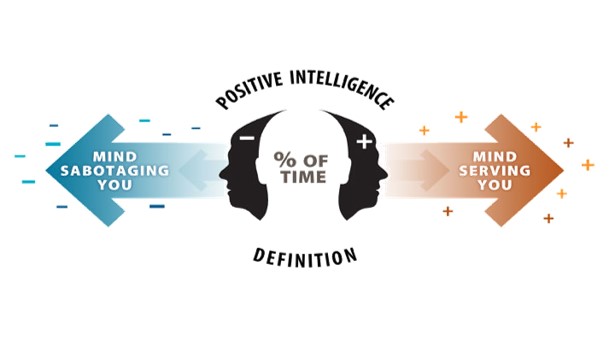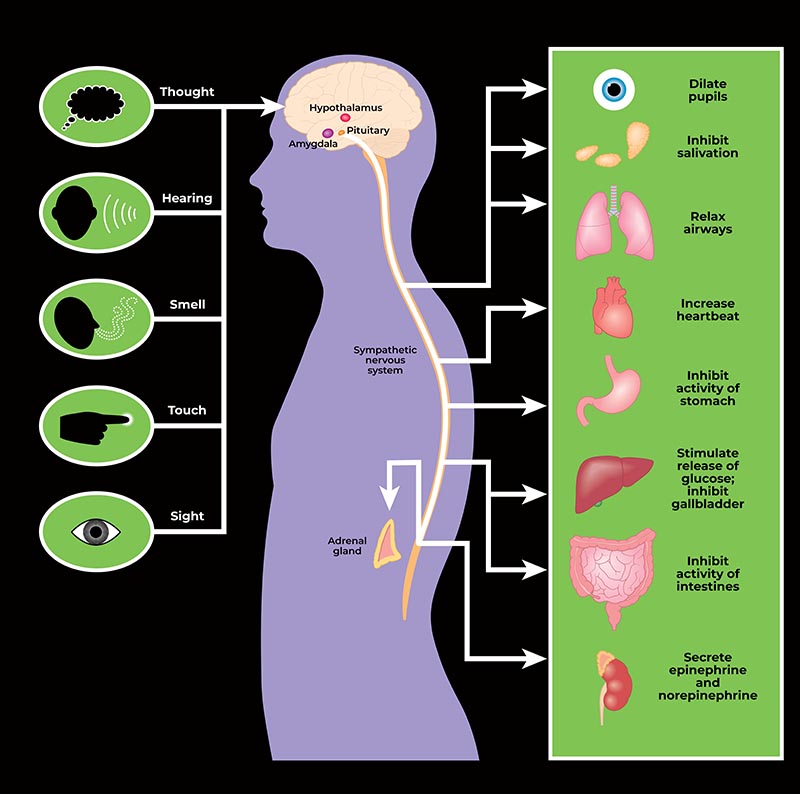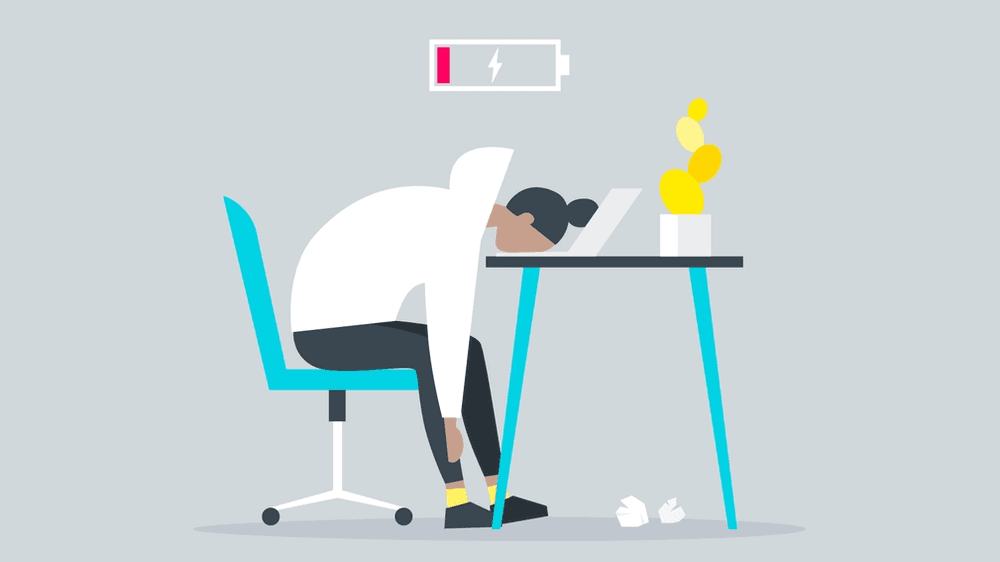“The sky has finally fallen. Always knew it would.”
-Eeyore, from Winnie the Pooh
Things have been tough in the last few years. Pandemic. Inflation. War.
Many are suffering mightily. Maybe you’ve been suffering too.
But are you complicit in your own suffering? Are you making things, as tough as they may be already, even worse?
One of the ways we do this is through “catastrophizing.”
Catastrophizing is a form of cognitive distortion, in which we assume the worst and blow things out of proportion. We imagine the worst possible outcome and generate an exceptionally negative expectation of future events.
When we’re catastrophizing, we see something concerning or bad and assume it’ll become a disaster. We believe our own horrendous forecast even when those thoughts have no basis in reality. Our catastrophizing brain becomes a breeding ground for stress and anxiety, starting a downward spiral.
When we’re catastrophizing, we’re also assuming that we won’t be able to cope with the predicted disaster when it materializes.
“One of the worst things anybody can do is assume. I think fools assume.
If people have really got it together, they never assume anything.
They believe, they work hard, and they prepare–but they don’t assume.“
-Mike Krzyzewski

Examples of Catastrophizing
Here are examples of catastrophizing:
- “If my partner leaves me, I’ll be alone and unhappy for the rest of my life.”
- “I’m hurting today. It’s going to get worse, and I’ll never get better.”
- “If I fail this test, I’ll have to drop out of school. I’ll devastate my parents and become a failure.”
- “I’m having a hard time with this challenge. I’m worthless. I may as well quit.”
Though it sounds extreme, catastrophizing can be common. Many psychologists believe that we’ve all done it sometimes.
Catastrophizing is related to anxiety, but there’s an important difference: anxiety can benefit us by causing us to take preventing measures. By contrast, catastrophizing has no redeeming value. It only makes us feel worse about phantom probabilities.
Catastrophizing is a bit like taking a microscope to our worst fears and viewing them at a scale a hundred times their actual size. The proportions are way off. So it shuts us down.
Sometimes catastrophizing joins forces with other nefarious thinking traps, such as:
- Rumination: obsessive thinking about our distress (as opposed to its solutions)
- Helplessness: feeling powerless when facing a negative situation
Causes of Catastrophizing
Why do we do catastrophize? There are many causes.
For starters, when we’re in a state of fear and/or anxiety, we’re more prone to catastrophizing. (See my article, “Getting Good at Overcoming Fear.”)
Also, our catastrophizing is often worse when we place extra importance on someone or something. When we value something greatly, like our relationship with a partner or our position in a social hierarchy, we can develop a hyped-up fear of losing it.
In addition, ambiguity can amp up the catastrophizing quotient. If, for example, we get a message from our spouse or boss that reads, “We need to talk,” it may cause our catastrophe circuits to go haywire.
The Problem with Catastrophizing
“Anxiety’s like a rocking chair. It gives you something to do,
but it doesn’t get you very far.”
– Jodi Picoult
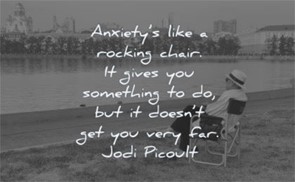
There are big downsides to catastrophizing. At its worst, it can:
- fill us with harmful (and unnecessary) emotions
- take time and thought away from the actual situation we’re in (and its potential solutions)
- amplify our self-doubt
- lead to paralysis and inaction
- give us the illusion that the worst case is our new normal
- contribute to a victim mentality that gets us nowhere
- prevent us from experiencing contentment and happiness
- become a destructive lifelong habit unless we nip it in the bud
“Deal with your negative patterns before they become habits because habits are hard to break.”
-Germany Kent
12 Ways to Stop Catastrophizing
Thankfully, we don’t have to be passive victims of whatever thought-streams appear in our heads.
There are many things we can do to reduce or eliminate catastrophizing. Here are twelve of them:
- acknowledge that bad things happen to all of us
- recognize when we’re engaging in catastrophizing (mindfulness and meditation techniques can help make such awareness easier over time)
- place our experiences into perspective
- consider a range of possible outcomes—from positive to neutral to mildly negative ones and not just disasters
“Supposing a tree fell down, Pooh, when we were underneath it?”
“Supposing it didn’t,” said Pooh after careful thought.
Piglet was comforted by this.
-A.A. Milne, English poet and playwright
- reframe thoughts from negative to positive ones (e.g., opportunities to learn and grow)
- recall situations in which we’ve coped with and overcome negative events
- lean on trusted relationships—and community—to provide support, encouragement, and perspective when needed
- focus more on helping and serving others and less on how things are going for ourselves
- think about the things we can control, letting go of things we can’t
“God, grant me the serenity to accept the things I cannot change;
courage to change the things I can;
and wisdom to know the difference.”
-the Serenity Prayer
- command ourselves to stop catastrophizing (some people actually benefit from speaking the words out loud, e.g., “Stop catastrophizing!”)
- use positive affirmations (constructive statements that we repeat to ourselves to condition our brain for clarity and success)
- engage in regular self-care practices, such as eating well, maintaining good sleep routines, exercising often, taking frequent breaks throughout the day, breathing deeply, enjoying hobbies, and getting out into nature
In the end, we all experience bad things in life. The key is to avoid making them worse by magnifying our negative thinking about them. Instead, why not take productive action to avoid or address them?
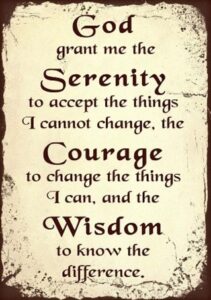
Reflection Questions
- Have you been catastrophizing?
- In what areas?
- What will you start doing to turn your thoughts into allies instead of enemies?
Tools for You
- Traps Test (Common Traps of Living) to help you identify what’s getting in the way of your happiness and quality of life
- Quality of Life Assessment to help you discover your strongest areas and the areas that need work and then act accordingly
- Personal Values Exercise to help you clarify what’s most important to you
Related Articles
- “The Mental Prisons We Build for Ourselves“
- “Breaking the ‘Trance of Unworthiness‘”
- “Getting Good at Overcoming Fear“
- “The Power of Reframing to Change Our Outlook“
- “How to Practice Acceptance When Things Are Tough”
Postscript: Quotations on Catastrophizing
- “Believing in negative thoughts is the single greatest obstruction to success.” -Charles F. Glassman
- “I define anxiety as experiencing failure in advance.” -Seth Godin
- “Fear starts in the mind and it generates emotions. One fearful thought will lead to another if you let it. The way to keep that from happening is to not allow yourself to camp out in fear in your mind.” -Sadie Robertson, Live Fearless: A Call to Power, Passion, and Purpose
++++++++++++++++++++++++++++++
Gregg Vanourek is a writer, teacher, and TEDx speaker on personal development and leadership excellence. He is co-author of three books, including LIFE Entrepreneurs: Ordinary People Creating Extraordinary Lives (a manifesto for living with purpose and passion) and Triple Crown Leadership: Building Excellent, Ethical, and Enduring Organizations (a winner of the International Book Awards). Check out his Best Articles or get his monthly newsletter. If you found value in this article, please forward it to a friend. Every little bit helps!






